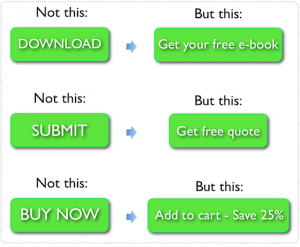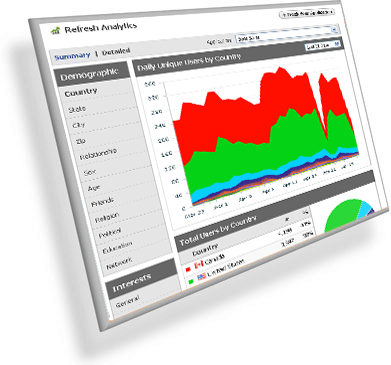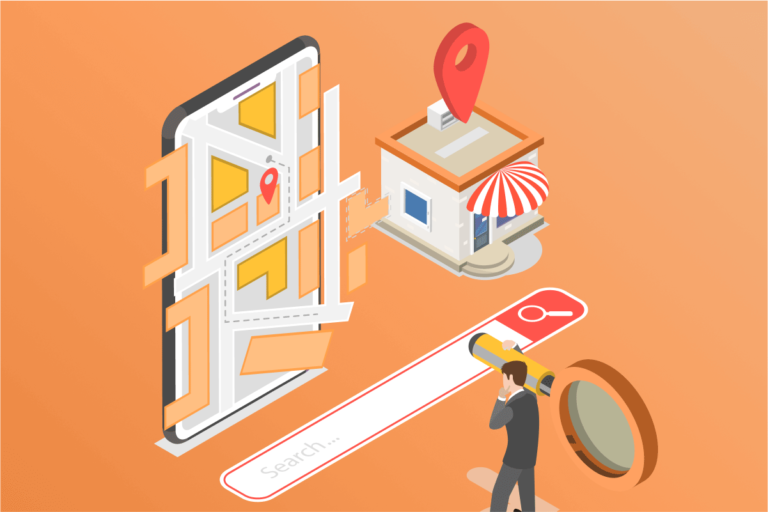SEO companies are always talking about driving traffic to a website. Most brands, however, do not know how to turn this traffic into revenue. This is what I want to talk about in today’s blog. Here are the ten reasons brands fail at making money out of their website traffic, and the steps you should take to avoid or correct each one.
 Bad Headlines
Bad Headlines
Your headline is the first thing your visitors see. Sometimes, it’s the only thing they read before deciding to purchase. As David Ogilvy says, “On the average, five times as many people read the headline as read the body copy. When you have written your headline, you have spent eighty cents out of your dollar.” Your SEO efforts will go to waste if you drive all that traffic to your site, only to lose it because your headline does not clearly state what you have to offer. Make your website catchy and direct to the point. Use a template from a headline that was successful in the past or split-test a few headlines to see which one performs best. Highlight your strongest point – that’s the most important rule.
 Failing to Captivate the Audience
Failing to Captivate the Audience
Captivating the audience is important because you cannot pitch a sale without keeping their attention on you. You could be losing a lot of upselling and cross-selling opportunities if you do not know what your audience wants and how they respond to specific types of presentation. Research about your market and find out what they need, what kind of writing they respond to the most, and make it the center of your strategy. As Ogilvy says, “Advertising people who ignore research are as dangerous as generals who ignore decodes of signals.”
 No Call to Action on Website
No Call to Action on Website
You could be great at optimizing pages for user experience, but without a call to action, your efforts could go to waste. A call to action leads the visitors towards the next step to buying – it could be to sign up for an account or a newsletter, or to reserve and order a product, or to buy directly online. Don’t forget to put a clear and visible call to action above the website fold. Your chances of getting visitors to click on it increase if they see it first on your homepage.
No Lead Nurturing System
Funneling your site traffic through a lead nurturing system gives your audience direction. You can engage your target market through different touch points, all of which have one goal – prepare your market to buy your product or service. Even with compelling website copy, without this in place, you could be wasting valuable traffic. Have a lead nurturing strategy that uses different tools, such as newsletters, emails, social media and other marketing techniques. Score your leads accordingly as well – prioritize those who are more likely to bring conversions.
 Garbled Brand Messaging
Garbled Brand Messaging
A clear brand message helps visitors know exactly what they are getting and if this is what they need. Clients will be confused if your brand message does not have focus and is not direct. Get your brand message straight, and focus on your specific industry. There’s time to branch out to other things later on, when you’ve established yourself as a formidable figure in your chosen industry; until then, keep your brand message simple and highlight one specific group of products or services.
 Not Targeting the Right Audience
Not Targeting the Right Audience
So you’ve got an awesome headline, informative copy, calls to action, a clear brand message and a lead nurturing system with which you funnel your traffic. However, if you’re targeting the wrong audience, all these will simply go to waste. Learn about persona targeting and integrate it deeply into your marketing strategy. Research about your keywords before choosing appropriate ones for your project, and develop a content strategy that prioritizes context above all else.
 Bad Pricing Strategy
Bad Pricing Strategy
Pricing is one of the major deciding factors consumers look at before purchasing products or services. Your pricing strategy could make or break your sales, such as when deciding on a price for website design or other digital marketing services. A good example of this is Apple’s new iPad mini. The tech world is abuzz with its $329 price tag for a very basic unit, because for almost $100 less, you can get the competitor’s tablet with the same functionality, if not more. Examine your competitors’ pricing, and see how far you can push yours to compete with them. If you’re going to price your products steeply, make sure they offer sufficient value.
Lack of Personal Connection
What convinces people to buy from you is not what you have to give or how you do it, but why you do it. Selling ideas to people is more effective than selling products. Once they’re sold on your idea, they believe your products or services, and they could become your brand evangelists. Be transparent and relatable when thinking of why you do what you do.
Not Using Silo Pages
Every keyword that deserves to be described on its own page should have its own dedicated page. This helps visitors understand these topics better and know how it will be good for them. In turn, it could lead to the readers becoming conversions. Make sure you use silo pages, but do it the right way – spammers have already abused this method, and making the same mistake could put you in the same ranks as them. Do not simply stuff these silo pages with keywords – create a carefully-planned silo page strategy, and stick to it. Also, keep in mind what Matt Cutts always says: don’t do it because you want to rank – do it because you want to give your readers better browsing experience. Author Tim Ash also adds that you should be careful with the elements of each page. Make sure you don’t have too much text, and that you use imagery and other types of media only to an extent that it does not distract readers from your call to action.
 No Analytics
No Analytics
Measuring key performance indicators gives you a clear picture of what methods work and what methods don’t. Without it, you could be funneling traffic into a system that does not maximize your conversions. Make sure you track soft metrics like growth in organic traffic, branded and non-branded traffic, lead generation, and bounce rate because these affect the hard metrics, such as your customer acquisitions, customer lifetime total value, and your customer and revenue churn rate. Monitoring your analytics helps you determine which touch points are effective for converting visitors.
Contact your account manager today to get more tips on converting SEO traffic into revenue. Log into your dashboard and check out our full line-up of solutions or sign up for a free account to get started!
 Bad Headlines
Bad Headlines Failing to Captivate the Audience
Failing to Captivate the Audience No Call to Action on Website
No Call to Action on Website
 Not Targeting the Right Audience
Not Targeting the Right Audience Bad Pricing Strategy
Bad Pricing Strategy No Analytics
No Analytics


